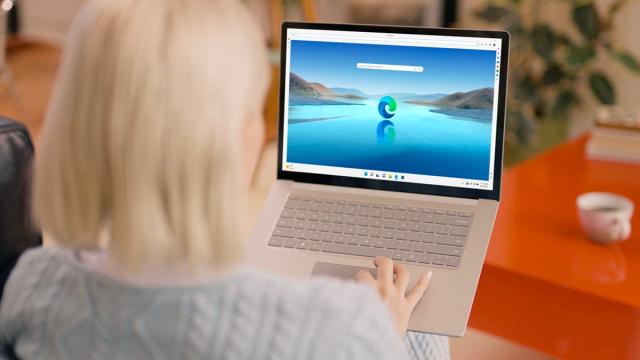Your browser of choice is your window to the web and the software you’re probably going to be spending most of your desktop screen time inside — so it’s important to make sure both that you’re using a web browser that suits your needs, and that you’re making the most of all the various features offered by said browser.
There’s plenty of unique browsers out there for those willing to experiment with something other than Chrome, but Microsoft Edge (available for Windows, macOS, Android, and iOS) has a growing number of handy tools built right into it. Whether or not you launch it regularly, you might not be aware of all the features the browser has to offer, and that’s where this list comes in. It’s time to throw any old biases you might have against Internet Explorer away.
Run Edge more efficiently
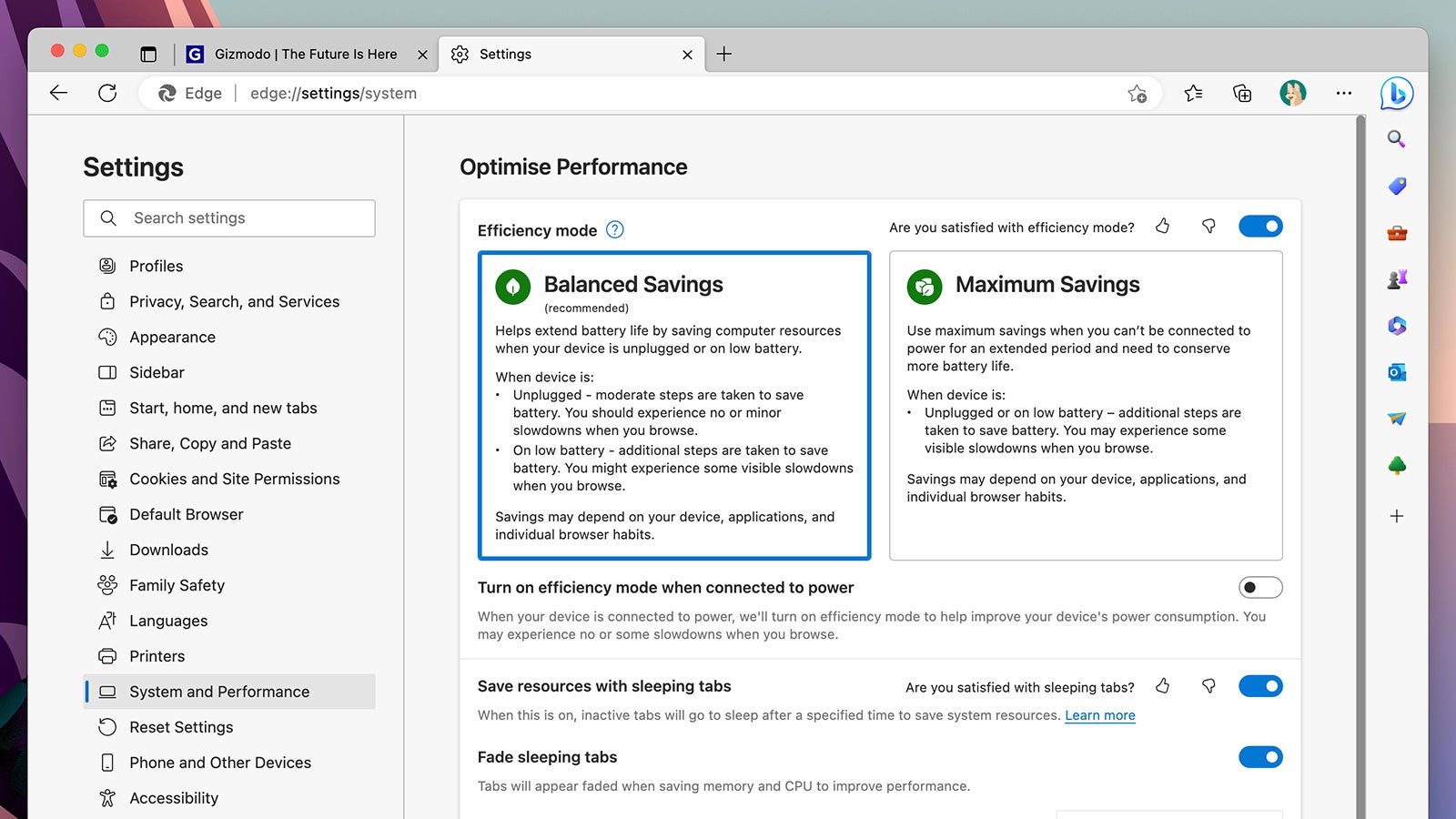
Microsoft Edge has two different efficiency modes you can switch between: The thinking is that if you’re on battery power and need the battery life to last as long as possible, the browser will limit its demands, meaning slower performance but less battery drain. To see the two available modes and to switch between them, click the three dots up in the top right corner of the Edge interface, then choose Settings and System and Performance.
Switch between profiles
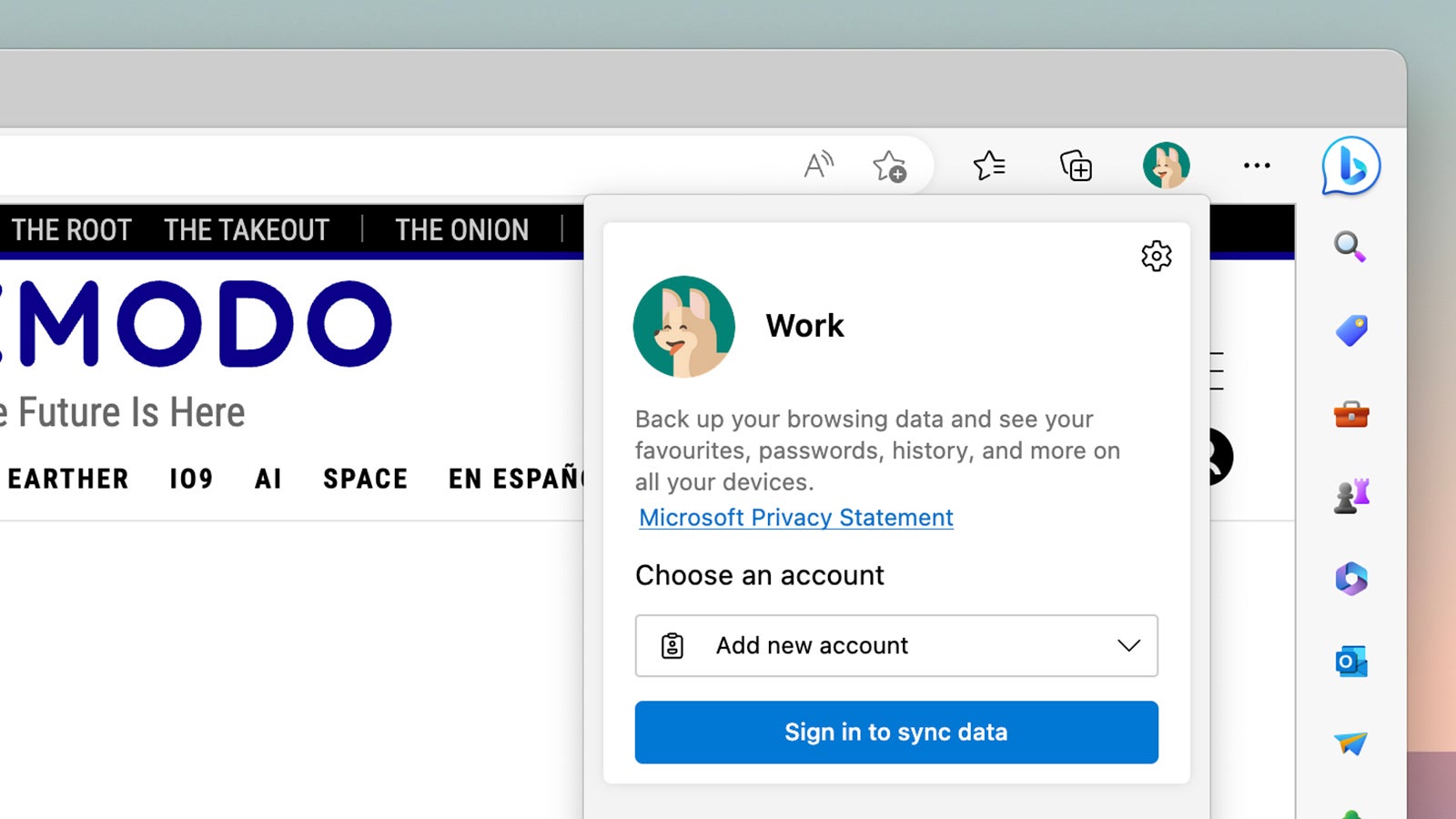
Like many other browsers, Edge supports the use of profiles, so you can split up your browsing history, bookmarks, and other browser data by use case. It’s particularly handy if you’ve got multiple logins for sites such as Gmail, Amazon, Twitter and so on, but you want to keep them all separate (maybe between work and personal accounts). To get started, click the three dots (top right), then Settings, and then Profiles. You can also switch between profiles from the Edge toolbar. It’s not the most special feature, but it’s still worth pointing out here.
Edge lets you easily access Bing’s AI chatbot
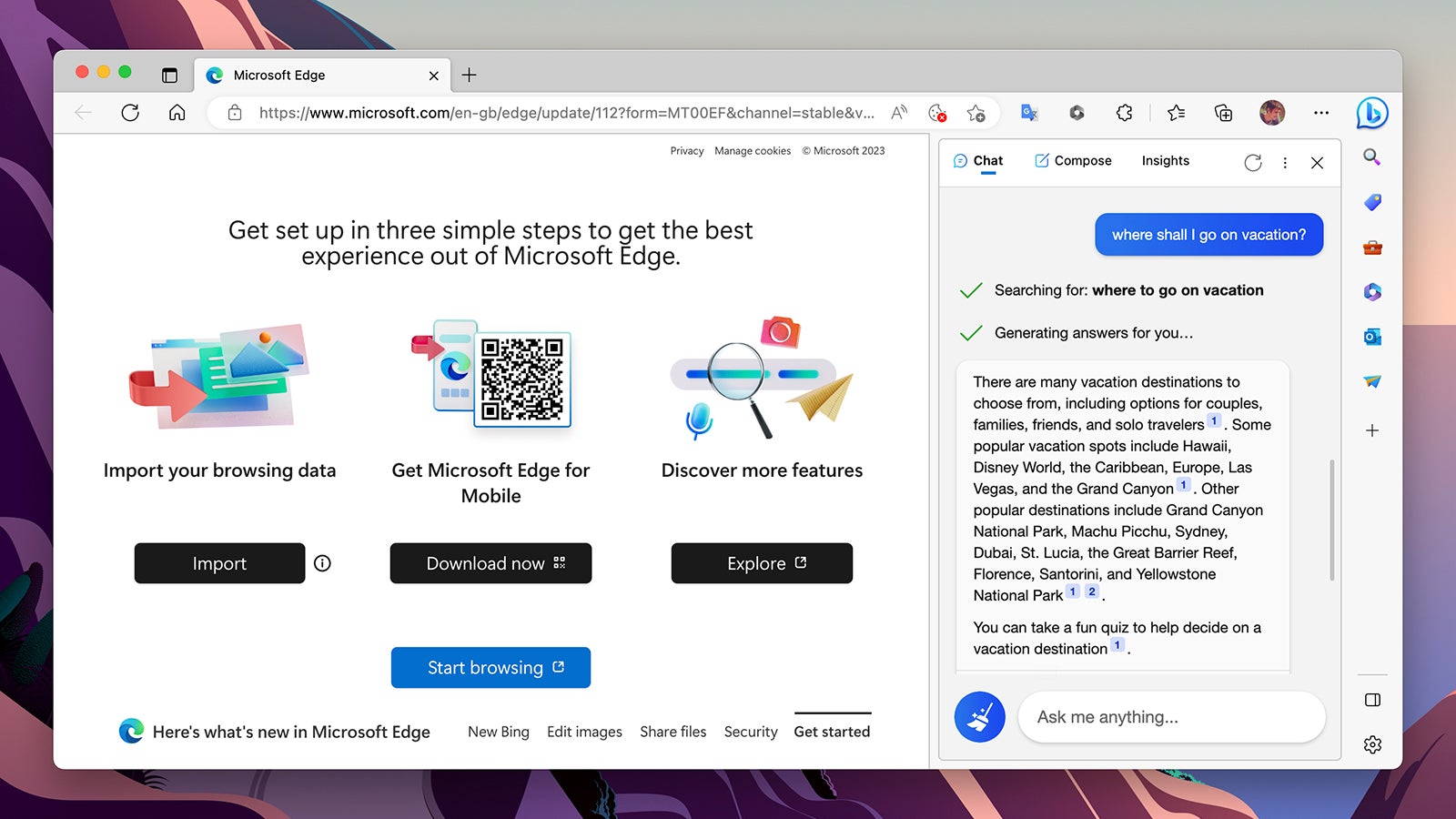
This is a big one. You can use Edge to find out what all the AI chatbot fuss is about: click the large Bing icon up in the top right corner of the browser interface, and under the Chat tab, you can start asking about anything from cooking projects for kids to the best destinations in Europe. Switch to the Compose tab and you can get the Bing AI to help you with emails, blog posts, or letters. There’s even customisation options for the length and the tone of the text.
Try out vertical tabs in Edge
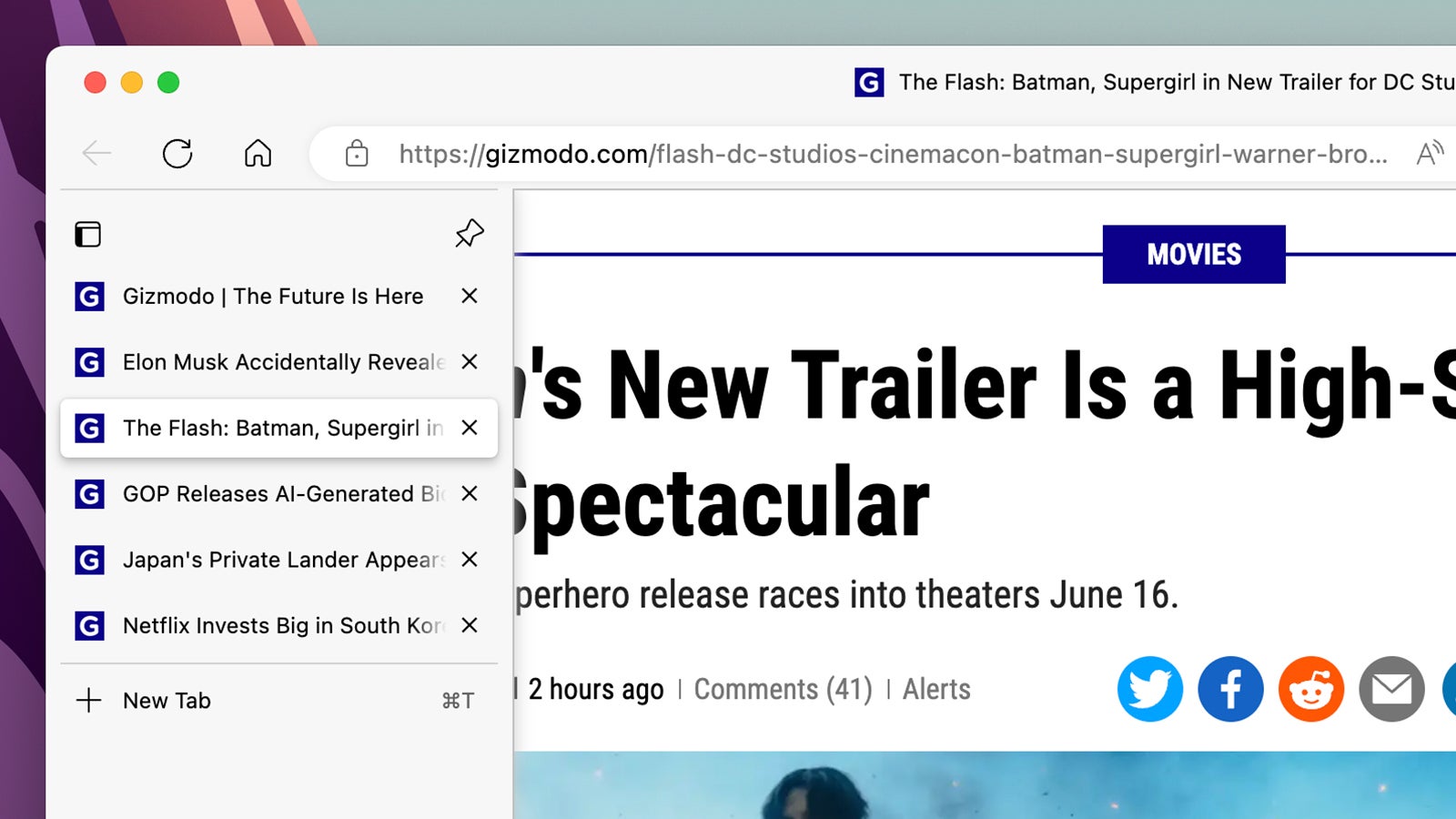
Give your browsing a significantly different feel by giving vertical tabs a go — that’s where the titles of your open tabs are piled up on the left of the browser window rather than along the top. Depending on how you work, and how you have your monitor(s) and open windows configured, it might make more sense for you. Click the little layout button up in the top left corner to enable or disable vertical tabs and see the difference that it makes.
Message yourself with Drop
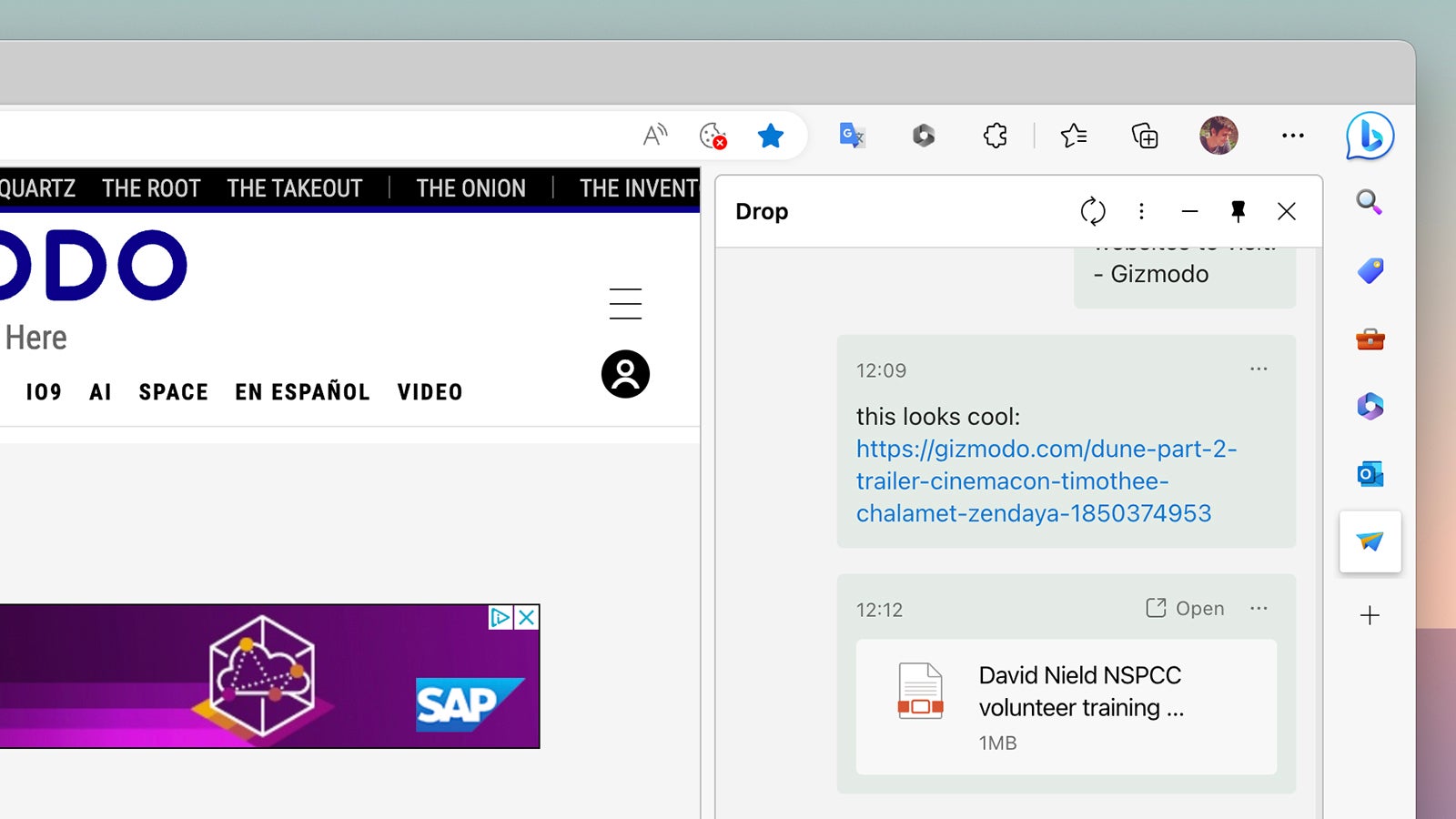
Edge comes with a built-in storage space called Drop on the right-hand toolbar, where you can essentially leave yourself files, links, notes, and whatever else. Everything is synced between all the devices where you’ve got Edge installed, through the magic of OneDrive (a dedicated Drop folder gets created in OneDrive for you). You can paste in links that you want to check out later, for example, or use it as a space for files you don’t want to lose.
Organise the web with Edge Collections

Trying to keep track of everything you come across on the internet isn’t easy, which is why Edge has a feature called Collections: It’s a sort of advanced bookmarking or scrapbooking tool, letting you set up specific repositories of links, text, and images you’ve found on the web. To get started, click the button on the top toolbar that looks like two squares next to each other — you can also right-click on text and images to find the Collections option.
How to edit images inside Edge browser

Quick and easy image editing is now possible inside Microsoft Edge, if your needs are fairly basic. Just right-click on any picture on the web, then choose Edit Image, and away you go: It’s possible to crop and rotate images, adjust characteristics like brightness and contrast, and apply some preset filters. You can also annotate images before exporting them to wherever they need to go — they can be saved to disk or copied to the clipboard.
Put your Edge tabs in groups
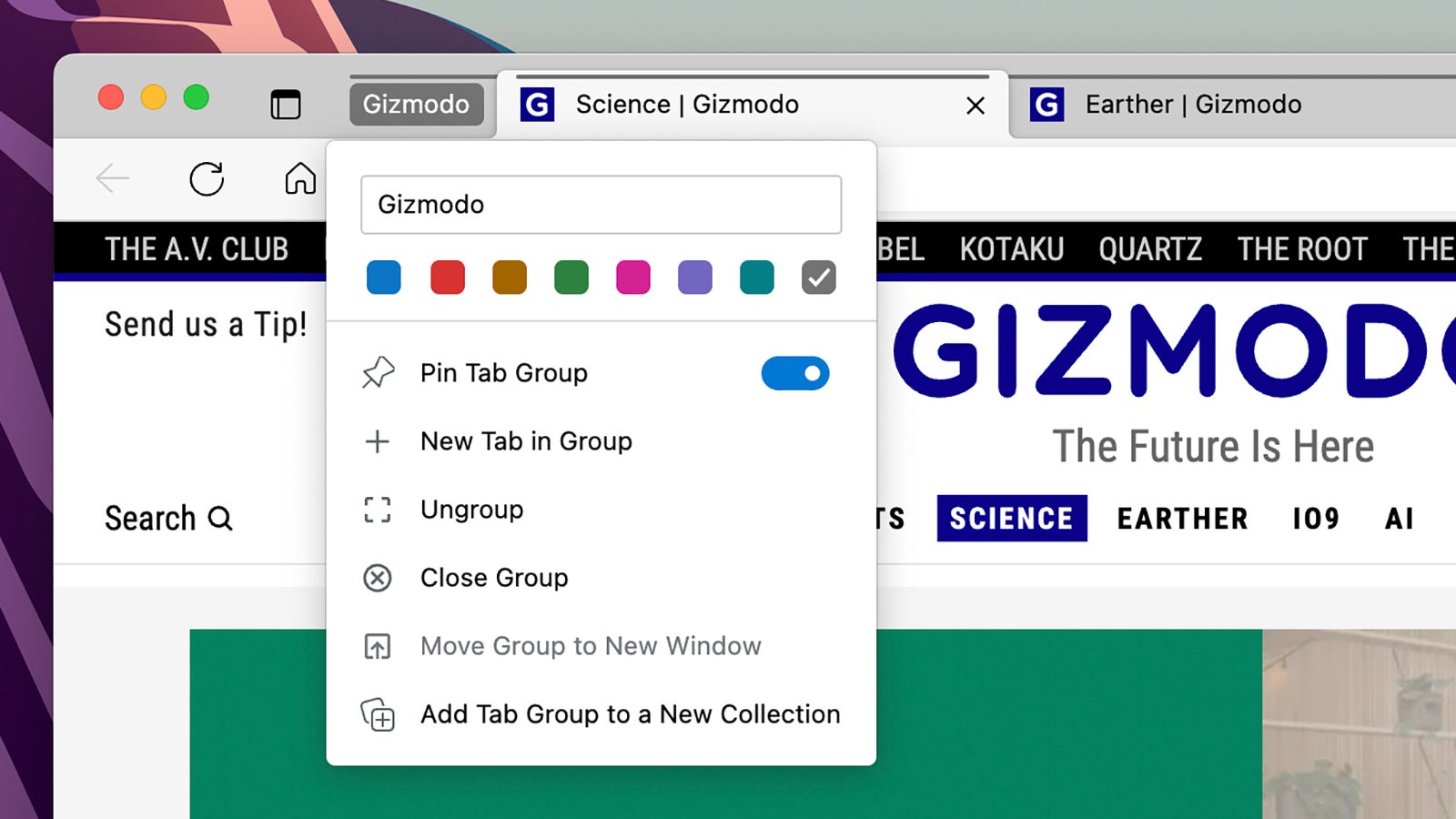
This is another common feature, but worth a shout out. We could all use some help in keeping our browser tabs better organised, and Edge offers this through its tab grouping feature. Right-click on any tab heading to get an Add Tab to New Group option — pick a name and a colour for the group and you can then add tabs to it as needed. It makes it a little easier to move tabs around, to arrange them in different categories, and to process them in batches (when creating Collections, for instance).
Erase data when Microsoft Edge closes
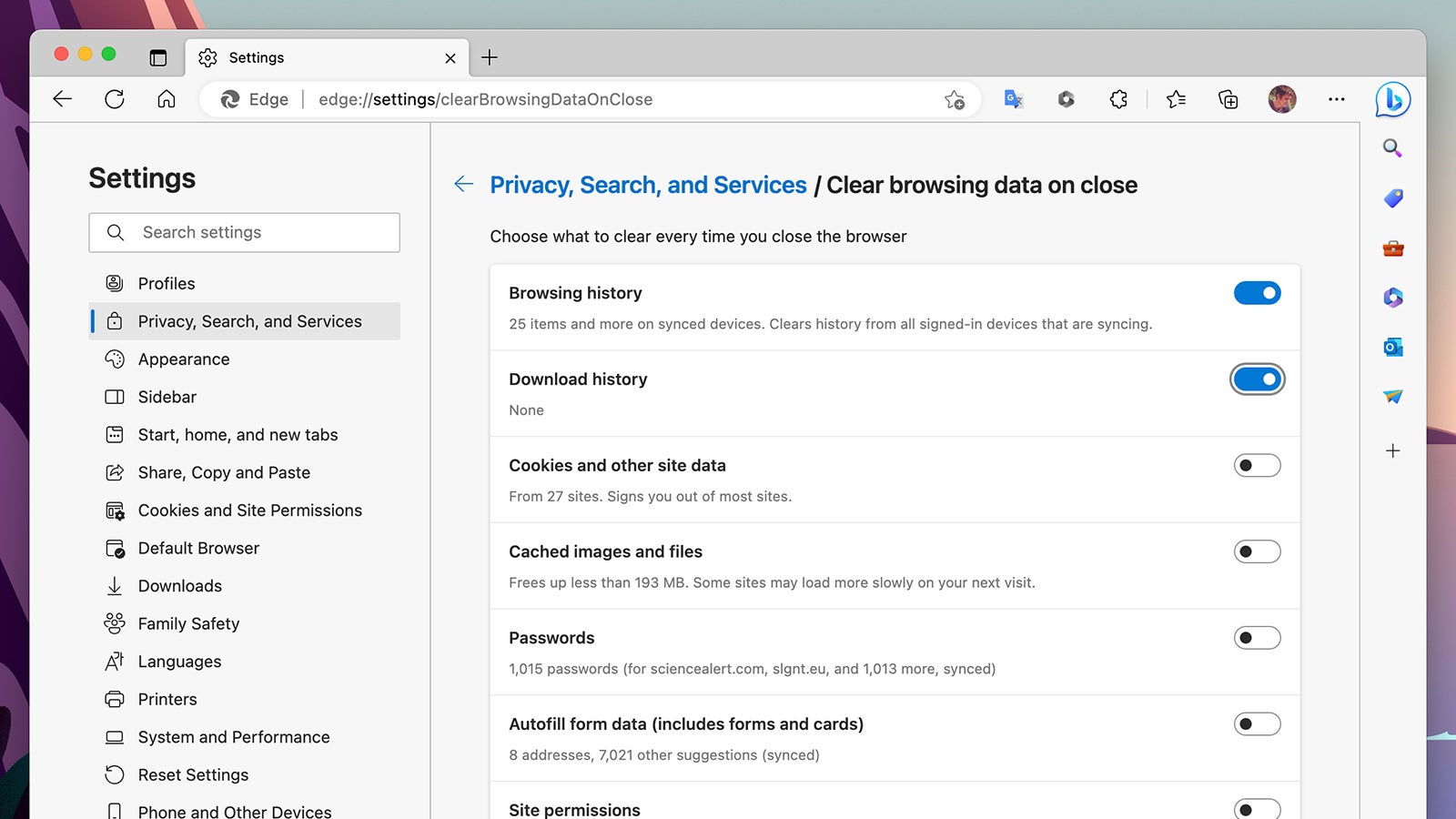
Another area where Microsoft Edge scores highly is in security and privacy. If you click the three dots (top right), and then pick Settings and Privacy, Search, and Services, you can select Choose what to clear every time you close the browser to have your browsing history, downloads, cookies and more automatically erased whenever Edge shuts down. The browser gives you plenty of control over what gets erased and what doesn’t here.
